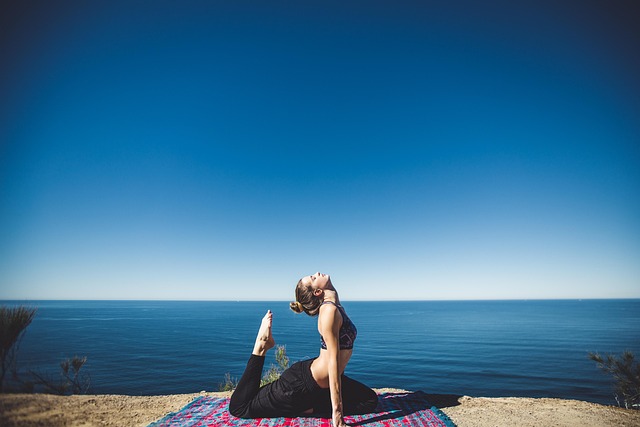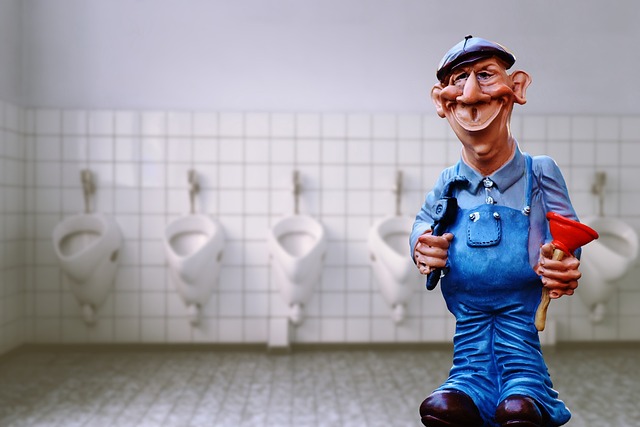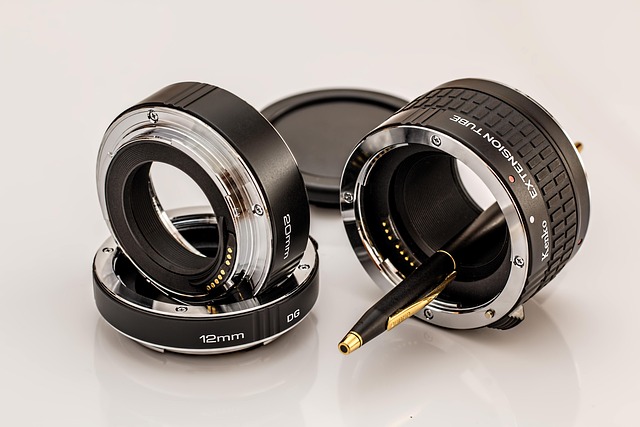When most people think about stretching, they imagine a calm yoga studio or a quiet gym mat. Underwater stretching offers an alternative environment that challenges the body in unique ways, leveraging the buoyancy of water to reduce joint load while enhancing muscle engagement. This article explores how the combination of resistance, support, and thermal comfort in a pool setting can elevate flexibility, increase strength, and promote overall well‑being.
The Science Behind the Splash
Water provides a natural force that counters gravity, allowing each limb to move with less strain on ligaments and tendons. This buoyancy means that when a swimmer extends an arm or legs, the resistance felt is less than on land, yet the muscles still have to contract against the drag of water. The result is a low‑impact workout that can improve range of motion and muscle tone simultaneously.
Why Water Is a Gentle Yet Effective Medium
In a pool, the surrounding fluid exerts pressure on every surface of the body, reducing the impact forces that are typical during land‑based stretching. The hydrostatic pressure also encourages circulation, which helps flush metabolic waste from muscles and delivers nutrients to support recovery. Additionally, water temperature can be adjusted to create a soothing environment that eases tight tissues and promotes relaxation.
Building Flexibility with Underwater Movements
Flexibility is not just about how far a joint can move; it’s about how effectively the entire kinetic chain can glide through that movement. Underwater stretching allows practitioners to explore new angles and extensions that might feel unsafe or impossible on land. For example, a seated leg lift in shallow water can be held for longer periods, giving the hamstrings and hip flexors time to adapt without risking strain.
Common Underwater Stretching Techniques
- Seated Forward Fold – Sit on the edge of the pool, legs straight, and slowly reach forward, feeling a gentle stretch along the spine and hamstrings.
- Arm Circles with Resistance – Extend arms to the side and perform slow, controlled circles, letting water resistance work the shoulder stabilizers.
- Quadrant Swimmer’s Reach – In a standing position, lift one arm overhead while simultaneously bending the opposite knee, creating a diagonal stretch across the torso.
- Hip Opener with Prop – Place a lightweight pool noodle on the floor and step onto it with one foot, allowing the other leg to swing out in a controlled hip‑flexing motion.
- Backstroke Pull – Grab a floatation device and gently pull it forward in a controlled manner, engaging the upper back and shoulder complex.
Strength Gains Without the Sore
Many swimmers swear by the strength benefits of water exercises, and the same logic applies to underwater stretching. Because the water’s resistance is evenly distributed across the body, each muscle group can be activated in a way that is both thorough and less prone to injury. Regular practice can lead to increased muscle endurance, particularly in the core and shoulder girdle.
How Resistance Enhances Muscle Tone
When performing a simple wrist flexion in water, the hand feels the drag of the surrounding fluid. This resistance forces the forearm muscles to work harder than a corresponding dry‑land movement. Over time, the muscles adapt, growing stronger and more resilient. The same principle applies to the quadriceps during a controlled knee extension in a pool.
Integrating Underwater Stretching into a Routine
Just like any fitness component, consistency is key. A typical schedule might involve three underwater stretching sessions per week, each lasting between 15 to 20 minutes. Begin with a gentle warm‑up, such as floating or light swimming, before moving into the stretching techniques. Finish with a cool‑down to allow the body to return to baseline.
Sample 20‑Minute Session
- 2 minutes of slow freestyle to raise core temperature.
- 3 minutes of seated forward folds, holding each pose for 30 seconds.
- 3 minutes of arm circles, both directions, 30 seconds each.
- 3 minutes of hip opener with pool noodle, alternating sides.
- 3 minutes of backstroke pull, focusing on shoulder stability.
- 3 minutes of quadriceps stretch, stepping onto a floatation device.
- 3 minutes of slow, controlled breathing while floating.
Safety Considerations and Common Mistakes
While underwater stretching is gentler on joints, it’s still important to avoid overstretching or forcing the body into uncomfortable positions. One common mistake is to assume that the buoyancy automatically protects the spine; instead, the muscles that support the spine must still engage actively. Additionally, swimmers often neglect the lower body by focusing solely on upper‑body movements, which can lead to imbalances.
Guidelines for a Safe Experience
- Start with a light warm‑up to increase circulation.
- Maintain a neutral spine; avoid excessive arching or rounding.
- Move slowly; feel the stretch but never push to pain.
- Use a flotation aid if you’re uncertain about balance.
- Finish with gentle breathing and a brief cool‑down.
Beyond the Pool: Transferring Gains to Daily Life
The improvements achieved in water are not confined to the pool. Enhanced flexibility and strength translate to better posture, reduced risk of injury during sports, and easier execution of everyday tasks such as carrying groceries or climbing stairs. Moreover, the mental benefits of practicing in a tranquil aquatic environment can boost focus and reduce stress.
Daily Activities That Benefit
- Office ergonomics – better neck and shoulder flexibility allows for healthier desk postures.
- Sports performance – greater joint mobility enhances technique in activities like running, cycling, or tennis.
- Rehabilitation – gentle water movements support recovery from joint surgery or injury.
- Senior fitness – low‑impact stretching reduces fall risk while improving balance.
Conclusion: Making a Splash in Your Wellness Journey
Underwater stretching offers a scientifically grounded, low‑impact method to boost flexibility, build strength, and support overall health. By incorporating simple yet effective techniques into a regular routine, practitioners can experience lasting improvements in mobility, muscle tone, and mental clarity. The pool becomes not just a venue for recreation but a laboratory where the body can stretch, strengthen, and thrive without the harsh forces that accompany land‑based exercise.




